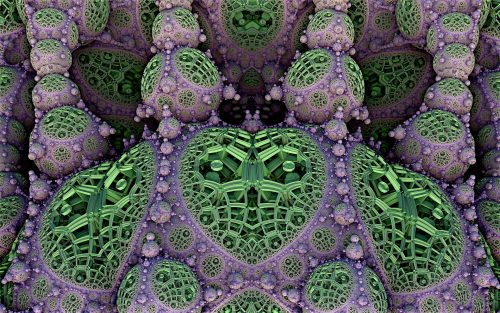From catalytic converters found in cars to the enzymes that catalyze life processes in our bodies, catalysts and catalysis play a large role in shaping our daily lives. Though these chemicals are the reason our cars work, they can be harmful in large quantities. The Olsson lab at the Chalmers Institute of Technology, working in the Competence Center for Catalysis, is researching how exactly to use catalysts even more efficiently by making them more effective and, in turn, more environmentally friendly.
In order to refine current catalysts, the Olsson lab employed a two-part approach: the first was to refine and use extremely high resolution electron microscopy, and the second was to create and run computer simulations based off of data collected from the microscopy images.
Their model system used platinum nanoparticles on alumina and ceria surfaces. Researchers collected imagery and data on these nanoparticles, and then by averaging many different data points, created a kinetic Monte Carlo simulation of the catalysis of carbon monoxide, as it is a commonly studied catalytic system.
Researchers Eva Olsson, Torben Nilsson Pingel, Mikkel Jørgenson and Andrew Yankovich found that one way to alter catalytic activity is to look at how the molecule is strained or deformed, as changes as small as one picometer, the unit of measurement of atomic radii, can affect catalytic activity. A novel aspect of their research is the advanced type of microscopy used: to determine that shifts so small can affect catalytic activity, they had to be able to observe these shifts. They had to ensure that the electron beam they were using to view the particles did not induce changes in position. “There are some experimental limitations that keep you from really measuring where atoms are in relation to their neighbors, so one thing that we did was use advanced techniques, and advanced these techniques, to measure position more precisely than was previously possible—below a picometer,” said Olsson.
This small shift is essential to catalysis, as there is an optimal energy at which gas molecules will readily react with nanoparticles, and slightly shifting the atoms alters the energy of the system. In order to make catalysts more effective, they must be as close to the optimal energy as possible. In order to observe whether this energy was achieved, a model called the kinetic Monte Carlo simulation was used. “Until you perform the full simulation with most of the atoms, you don’t know if you have improved the catalytic activity or not,” said Pingel.
Monte Carlo simulations are probability simulations based on random number generators. In this case, a particle reacting with molecules is simulated in time and space based on the data collected, and many of these are averaged to see whether or not a catalyst performs well on a larger scale. Some of the important values used in the model include how strongly carbon monoxide binds to the particles, how strongly oxygen binds to the particles, and how much energy it takes to form carbon monoxide. The rate constants were calculated for these reactions, enabling the simulation to more accurately generate a picture of how effective a catalyst was in overturning the reaction.
Emphasis is put on this research as a first step and a proof of concept. “This is one of the first times that nanoparticles have been explicitly simulated with Monte Carlo because usually a crude estimate is made. We are simulating the reaction in time and space, not just averaging values without spatial components,” said Pingel.
In the end, though, this work is just the first step—the Olsson lab continues to work on the topic of catalysis in an effort to create increasingly effective catalysts. The work is highly applicable to various systems, and especially to catalytic turnover in vehicles and boats, due to its current basic nature. “Our current work is on a generic system, but it can be easily applied to many different materials systems, and used in many applications,” said Olsson.
By viewing minute properties of nanoparticles and modeling their behavior through simulations, the Olsson lab has shown a promising next step in a long journey of developing more effective catalysts. In the future, the group plans to expand their lab by adding a new position, and expand their current work into industry applications and into other disciplines.

